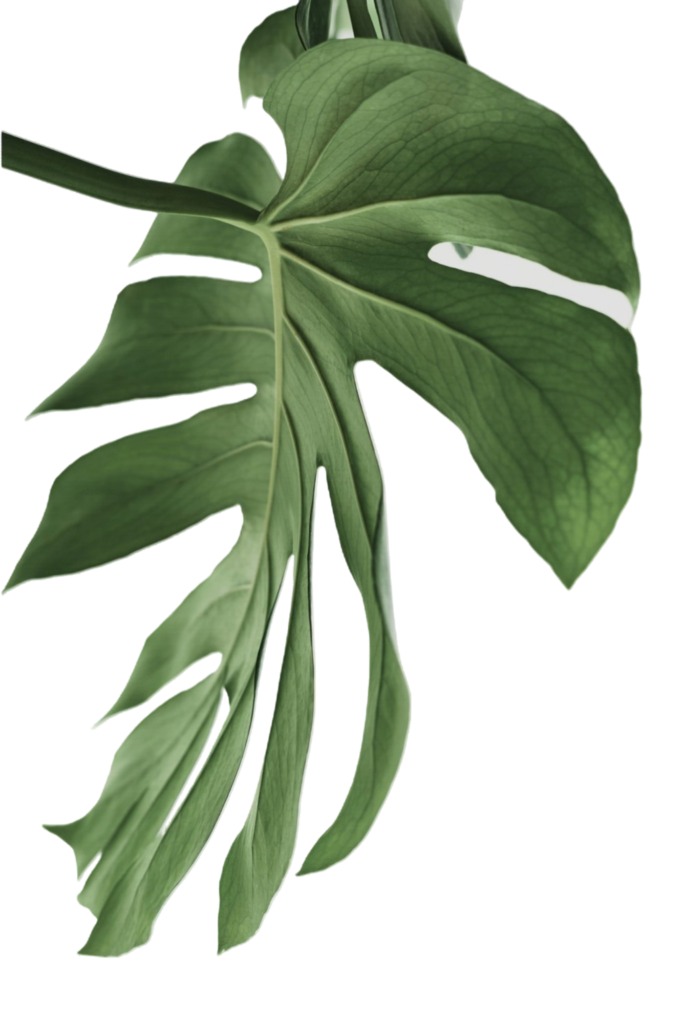
by:
audrey!
I find it interesting how come winter, Outdoor Fashion joins the mainstream. Whether it’s the penetrating wind, bitter cold, or the dry air, winter fashion can occasionally demonstrate the pillars of a more sustainable wardrobe. This winter of 2024 Apres Ski– French for “After Skiing” – has not only dominated runways, but celebrity closets and aspirational Instagram pics. As with any trend we as consumers must ask ourselves, how realistic is this for the average person?
As I’m sure we’ve all heard before, the most sustainable thing to buy is to buy nothing. During the winter, the average consumer often becomes a pinnacle of sustainable thinking when deciding if they should buy the new color of the North Face Nuptse jacket or make rent.
Think about it this way: winter coats are expensive. Our average consumer is able to buy 1 winter coat per season (if that!), maybe a pair of winter boots, and has probably worn the same snow pants since high school. (Or, maybe that’s just me?) Because of this, winter clothing tends to be a neutral color, forgiving fits, and a classic silhouette.
For contrast, in 2023 we saw the rise of the Apres ski look. (Sound off in the comments, I dare you– tell us how it’s not just a trend for skiers. Obviously, we know that, and we’ll get into it later). Apres Ski is a vibrant, personality filled, chic mix of wool sweaters, ($$$!), trips to Aspen or Switzerland, chunky fur-lined snow boots, and slim-fit bootcut ski pants. However, as detailed in Vogue, most of these outfits run over $1,000, rendering these chic outfits better left to influencers and our beloved celebrities like Justin Bieber and Rihanna.
This Apres Ski style is functional in form, but as with most trends, misses the mark of sensibilities. (meaning that it can feel empty and lifeless without a culture behind it) Outdoor Recreation is heavily commodified in the winter and most hardcore snowboarders, skiers, or snowshoers will tell you that the fanciest gear isn’t necessarily the best, and that if you have the best and the newest gear, they’d be able to pick you out as a new recreationalist. Save your wallet, as this style is best represented as “staying warm after skiing”, the more colors and the funkier patterns, the better.
This does lead into a whole other topic of gatekeeping the outdoors, which is slightly understandable albeit frustrating. I remember in 2021 when rock climbing was really trendy, climbing gyms saw a huge rise in use by people who didn’t respect gym etiquette– in other words, newbies.
I think that one of the biggest failings of the Outdoor Industry (specifically softgoods) is that everything needs to solve a problem in a new and innovative way in order for it a product or brand to have its time in the spotlight. In theory, this should encourage innovation, but in practice, we often end up with indistinguishable 800-fill down jackets in black, grey, and olive green as brands try to market to the average consumer.
On the flip side, luxury brands that create outdoor products (such as Mugler’s snow gear or Hermes’s equestrian gear) are much more willing and able to play with aesthetic and visual appeal. Even a middle-cost brand such as SnowPeak is able to pay more attention to a cohesive design language after focusing less about providing for every consumer and more on the stories that they want their products to tell.
There are also outdoor brands that segment their products into different lines, such as The North Face Purple Label and Timberland Concepts. When a brand adopts a stronger visual story paired with function, it is well received in not only the outdoor recreation communities, but the wider public as well, as (CUSTOMER SEGMENTATION ALWAYS WORKS).
